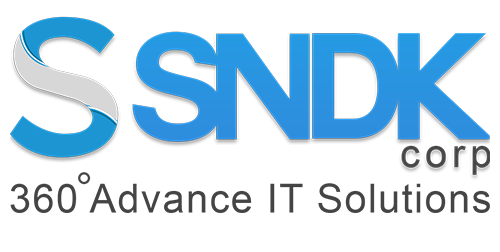Blog
Deploy Kubernetes Application With AWS EKS
Introduction to AWS EKS
Amazon Elastic Kubernetes Service (Amazon EKS) is basically a Kubernetes Service, which is fully managed. Kubernetes is an open-source automated deployment, management and scaling system. It offers reliability, scalability, and security at a great extent. It has customers all over the globe such as Intel, Autodesk, GoDaddy, etc which consider it trustworthy enough to perform their mission critical and sensitive applications.
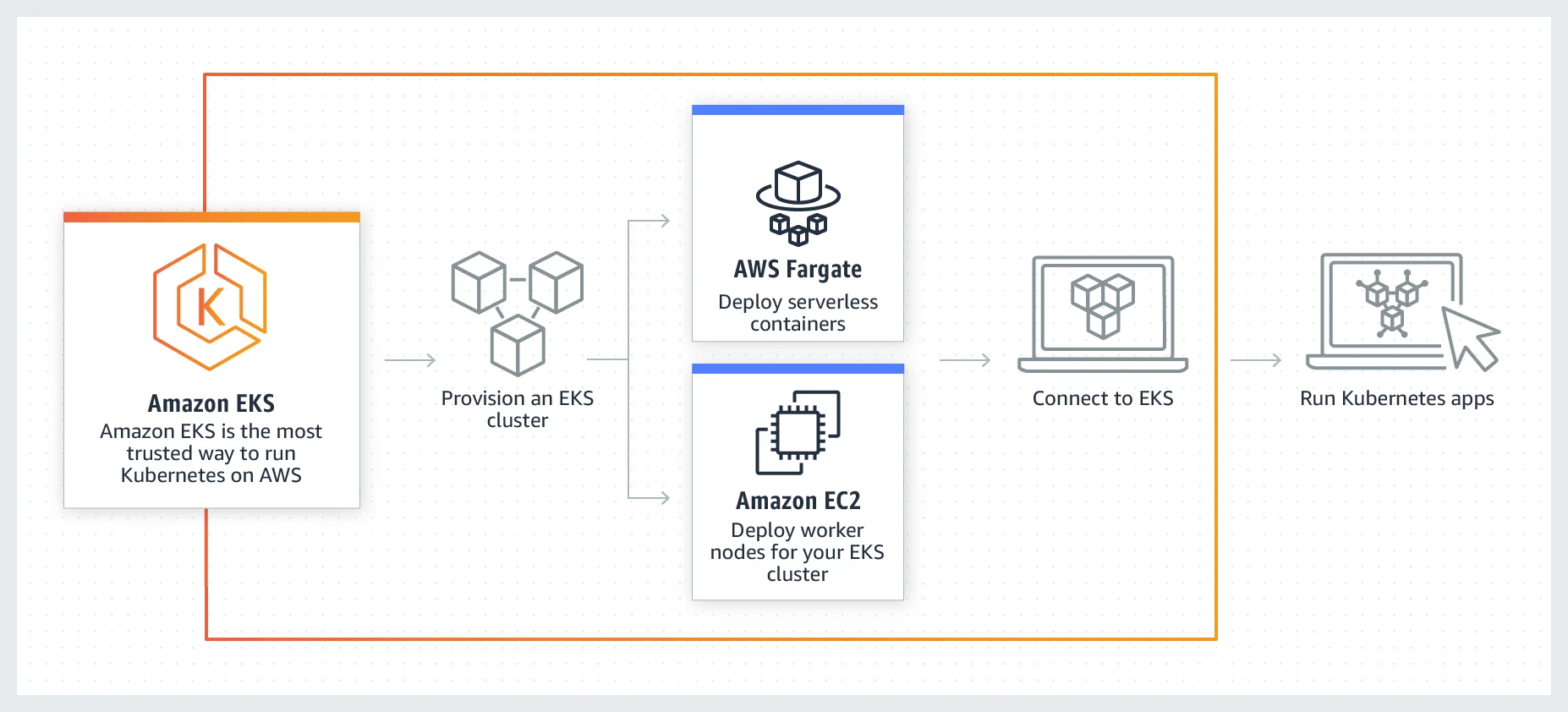
Kubernetes executed in EKS offers many benefits. Some of them are as follows:
- AWS Fargate is a serverless compute engine for containers using which we can execute our EKS Clusters. We need not provide and manage servers anymore. It allows us to specify and pay for resources per application.
- EKS comes deeply integrated with services like Auto Scaling Groups, Amazon CloudWatch, Amazon Virtual Private Cloud (VPC), AWS Identity and Access Management (IAM), etc. This provides a smooth experience for scaling, monitoring and load-balancing your applications.
- EKS provides a Kubernetes native experience when integrated with AWS App Mesh. This offers traffic controls, rich observability and security features to applications. It is reliable enough to provide scalability and run across multiple availability zones.
Let’s gaze into the working of Amazon EKS!
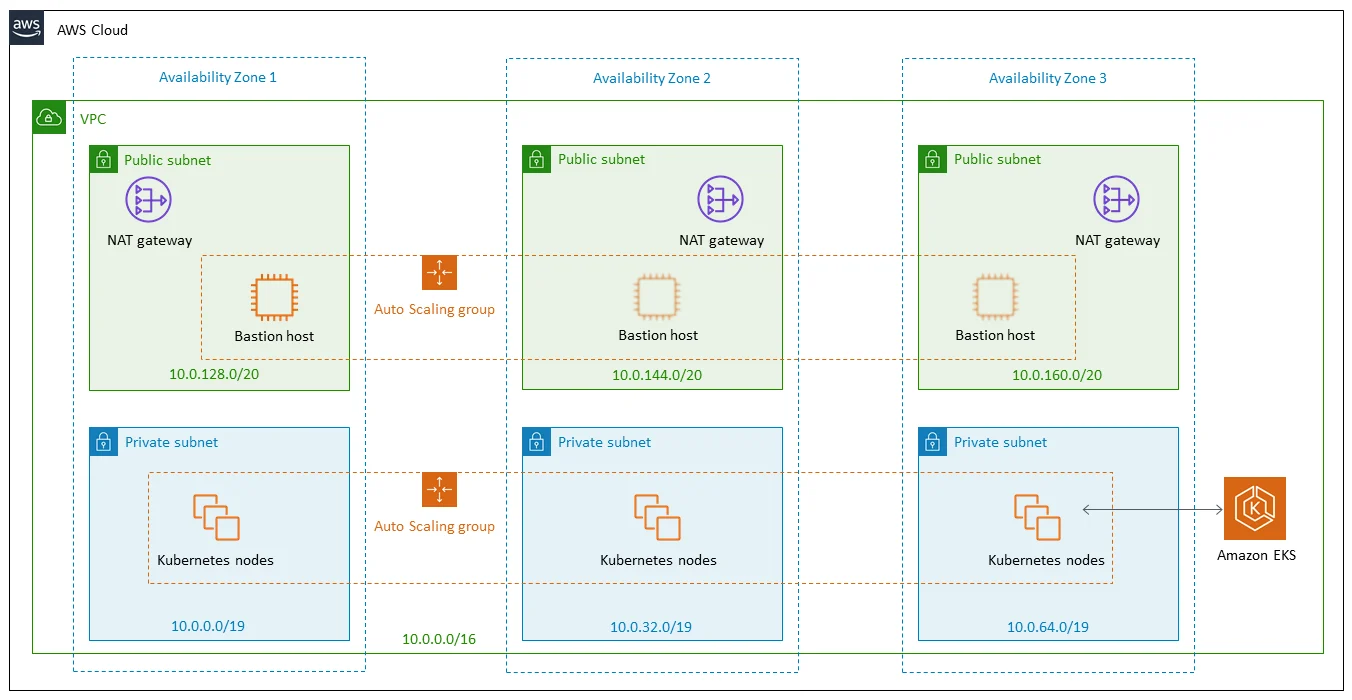
The working functionality of Amazon EKS is described below:
- The first and foremost step is the creation and provision of Amazon EKS Cluster in the AWS Management Console.
- Then, deploy worker nodes and serverless containers for your Amazon EKS Cluster and connect to EKS.
- Configure the required Kubernetes tools so that they could interact with your cluster after it gets ready.
- Lastly, launch and manage applications on your EKS cluster.
Some of the popular use cases or applications of Amazon EKS mentioned by SNDK Corp are described below:
- Machine Learning: Kubeflow can be used along with EKS to handle your machine learning workflows. AWS Deep Learning Containers can also be used for executing training conclusions in TensorFlow on EKS.
- Web Applications: Scalable web applications can be built and run across multiple Availability Zones in a highly available configuration.
- Hybrid Deployment: AWS Outposts is a tool to execute containerized applications which require low latencies to on-premises systems. It is a fully managed service covering all aspects of AWS Services, API’s, AWS Infrastructure.
- Batch Processing: Kubernetes Jobs API assist with execution of sequential or parallel batch workloads on EKS Cluster.
How Kubernetes simplified on integration with Amazon EKS!
Amazon has recently been offering a service known as Amazon Elastic Container Service allowing the use of Kubernetes without having to install it yourself explicitly. The cost of service is $0.20 per hour which is quite reasonable than self-deployment of Kubernetes. Let’s talk about the worker nodes which run on Amazon EC2. In the context of Kubernetes, a worker node is basically a virtual or physical machine which possesses the resources required for execution of one or more pods. Now, what’s a pod? A pod is a bundle of containers sharing network resources and storage. Thus, worker nodes are container hosts on the Amazon EKS Service acting as a control plane.
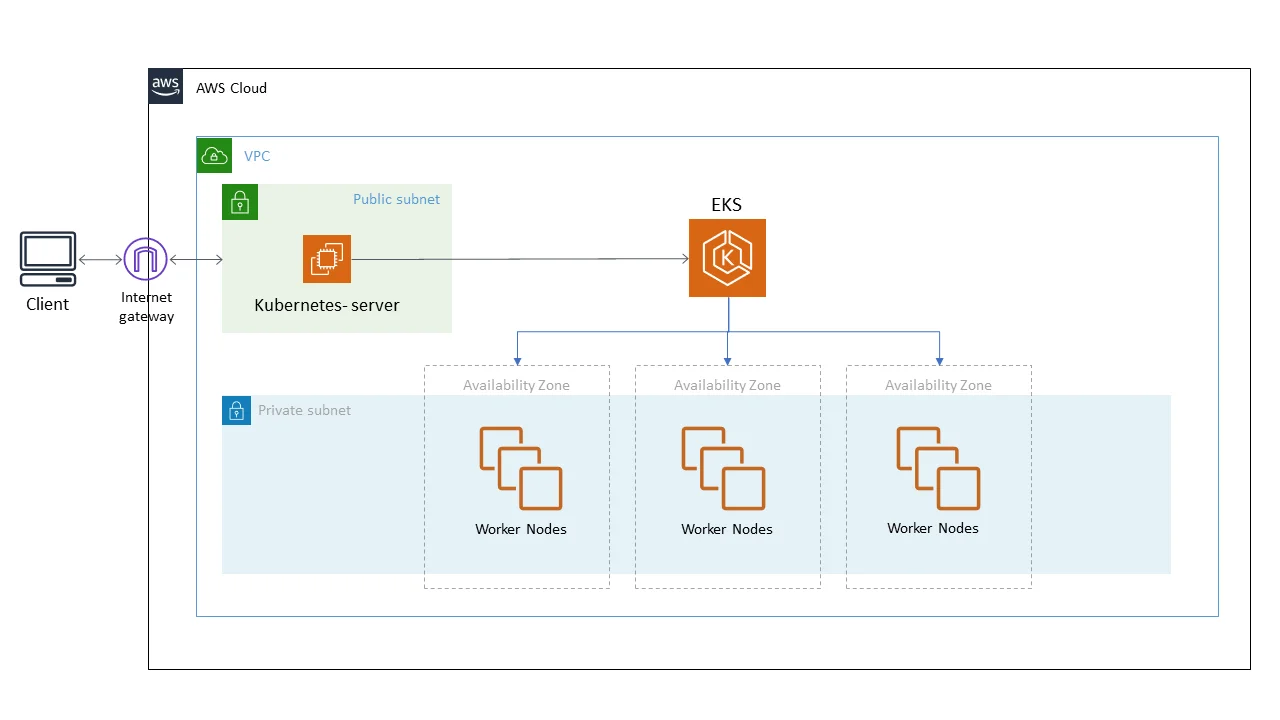
You should provide a name to the cluster as these deployments are clustered. Your container-related AWS resources require an IAM role for Kubernetes to manage them effectively. The networking section offers you to opt for a Virtual Private Cloud (VPC) within which you will create the Kubernetes cluster.
Deployment of Kubernetes Cluster using Amazon EKS with new Quick Start
Quick start is a feature which helps in automatically deploying a Kubernetes cluster which makes use of Amazon EKS. This further enables us in launching, scaling and managing containerized applications running on Kubernetes on AWS Cloud. SNDK Corp follows a step by step approach in order to deploy a Kubernetes Cluster using Amazon EKS with new Quick Start:
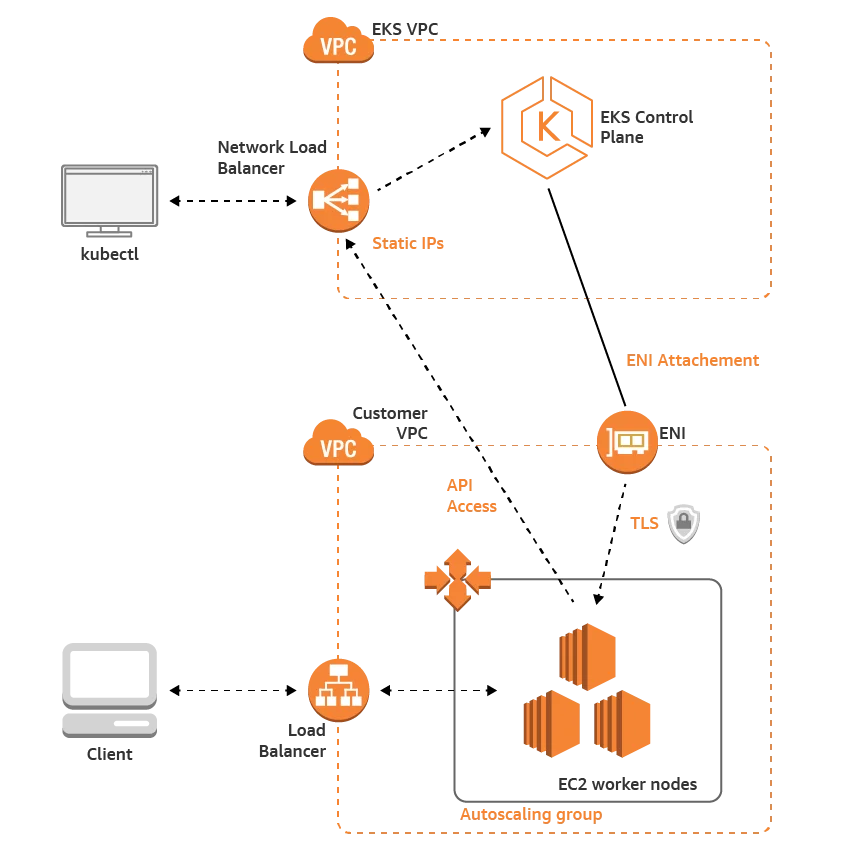
- The first and foremost step is creation of an AWS IAM service role and AWS VPC. VPC is required for the process of deployment of the cluster. Defining IAM role helps Kubernetes in creating AWS resources.
- Next step is creation of an Amazon cluster. It requires details like cluster name, VPC, etc.
- Third step is configuration of kubectl for Amazon EKS cluster. Kubectl is a command utility used for communicating with Kubernetes cluster. IAM authentication is also required for the Kubernetes cluster which is provided by AWS IAM Authenticator.
- Next step is to launch EKS worker nodes and configure them.
- The last step is to clean up the application and assigned resources. After creating a sample nginx application, you should clean up the assigned resources, as it could lead to overwhelming increasing cost.
Conclusion
From the entire discussion above, we could find out that new features getting integrated into the Amazon AWS are simplifying the workload for the sake of businesses. The recent features are proven to be highly easy to use with extreme scalability, reliability, robustness, security and management. The cost of the service is getting reduced as well with complex functionalities offering maximum throughput and comfort.
